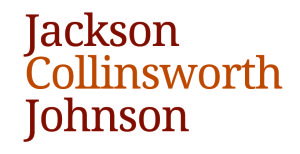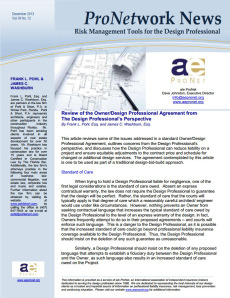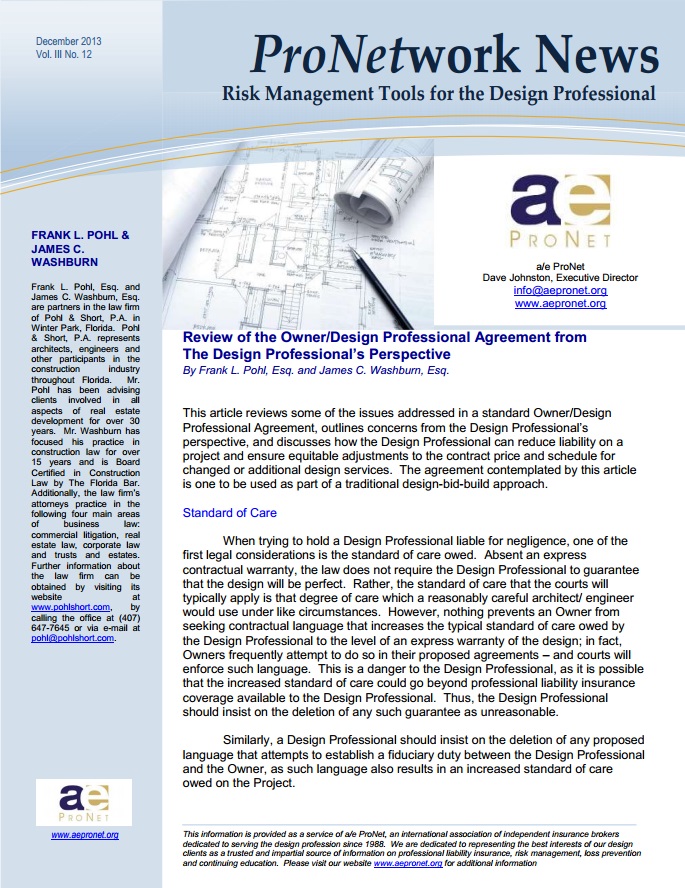 Just as nobody wants to think about insurance until they need it, nobody wants to spend their time thinking about things like Crisis Management Plans. But, as with insurance, the only way a Crisis Management Plan can be useful to you is if you have established one before the crisis comes.
Just as nobody wants to think about insurance until they need it, nobody wants to spend their time thinking about things like Crisis Management Plans. But, as with insurance, the only way a Crisis Management Plan can be useful to you is if you have established one before the crisis comes.
One of our members, Wortham Insurance & Risk Management, recently published a Risk Management Bulletin on OSHA Inspections, and it’s relevant to this precise consideration.
Who are you going to call? When the OSHA inspector shows up or a serious accident occurs at your worksite… who are you going to call? If you answered Ghostbusters… you may be in trouble. May I suggest having a system in place that outlines the procedures to be followed in the event of an emergency or OSHA inspection?
Based on the nature of the risk for construction operations it is very important for every organization to have a Crisis Management Plan which includes how to deal with governmental agencies.
What is a crisis? An explosion, a worker fatality, a bad truck accident, a hurricane? All of these can potentially be a crisis. So, when is a crisis reached? When questions arise that can’t be answered. (Kapuscinski 1932) The key to crisis management is to know the answer to the questions before they happen.
When it comes to an OSHA inspection the process should be no different.
Develop policies and procedures so all parties know the law and their individual responsibilities. The goal is to make the inspection process go as smooth as possible while maintaining control of the environment as much as possible. If you are prepared this will create a positive impression for the compliance officer and result in fewer citations for the organization.
To continue reading this valuable bulletin, including sections on knowing your rights and making a reliable plan for OSHA inspections, download the full PDF of the newsletter here.









